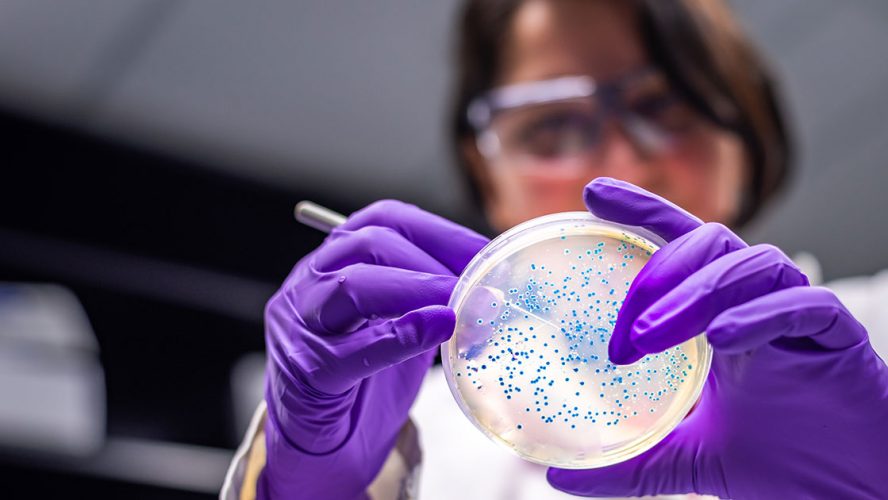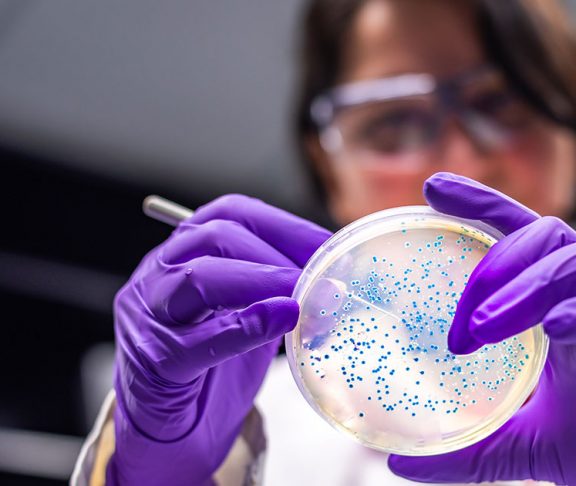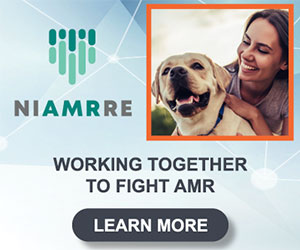Imagine a world where antibiotics don’t work. Where a bout of food poisoning, a cut from working in the yard, or a simple bladder infection becomes a matter of life or death.
This grim reality is rapidly approaching and, in some cases, has already arrived.
This was not the case when I graduated from medical school. From the 1940s through the ‘80s, we had reliably effective antibiotics. During my training, advising on how to treat critically ill, septic patients seemed simple. When paged in the middle of the night, I felt so comfortable with the medical advice I was dispensing that I could hang up the phone and fall right back to sleep.
Today, though, antimicrobial resistance (AMR) keeps me up at night. Medical experts can no longer count on available antibiotics to work in every case and it’s getting worse each year. A 2019 report by the World Health Organization predicts drug-resistant infections may become the leading cause of death, claiming up to 10 million lives annually (surpassing cancer deaths) by 2050 if AMR is left unchecked.
Evolving bacteria
As a clinical microbiologist and infectious diseases physician, I work with bacteria every day. Bacteria exposed to an antibiotic in a lab setting readily develop resistance to that antibiotic by mutating their own genes or acquiring genes from other bacteria — something they are naturally equipped to do. Unfortunately, once bacteria become resistant to an antibiotic, they do not necessarily revert to being susceptible to it when the antibiotic is no longer around.
Humans have taken antibiotics for granted. Antibiotics have cured infections that previously killed patients, and have enabled us to perform complicated surgeries and transplants, and cure cancer. But now, because of AMR, we can’t always count on them to work — and we can’t turn the clock back to rid the world of resistant bacteria.
The path forward
So what can we do? We need to improve how antibiotics are used in humans and animals by restricting them to only be used when they are needed. We need new antibiotics and we need to reserve newer antibiotics only for appropriate situations, setting the stage for slower evolution.
We need research to better understand mechanisms of resistance and how we can avoid selecting for resistance, as well as how our interactions with each other, animals, and the environment impact the spread of resistant bacteria. We need innovative, rapid diagnostics that quickly identify whether patients need antibiotics, because, in addition to the potential for selecting for resistance, there are other potential harms to taking antibiotics unnecessarily. Resistant bacteria that emerge in one geographic locale often spread globally and at an amazingly fast pace.
The American Society for Microbiology is playing its part in this global fight. Our international members and public health teams are on the ground in communities, empowering local microbiologists through training and long-term mentorship aimed at guaranteeing sustained quality microbiology laboratory practices.
Today, some rapid diagnostics capable of identifying bacteria and their resistance factors are available or within reach. Tracking changes in microbial populations (AMR surveillance) is helping detect resistant bacteria and allowing quick action around potential outbreaks across communities. These surveillance findings are crucial to informing clinical therapy decisions and guiding policy recommendations.
While I note the progress in combating AMR, I acknowledge the long road ahead of us. There are numerous barriers to progress. It is crucial that global stakeholders work together to achieve solutions, and those stakeholders are us, all of us.
Robin Patel, President, American Society for Microbiology (ASM), [email protected]


